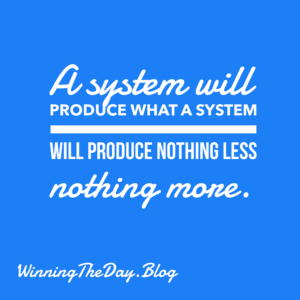- Fire, when contained and controlled, provides warmth, cooks our food, and serves many other beneficial purposes. However, when uncontained, it becomes dangerous, costly, and destructive.
- Water in the right amount keeps us hydrated and healthy. Although rare, excessive water intake can overwhelm the kidneys, leading to a condition called hyponatremia, where sodium levels in the blood drop to unhealthy levels. (I was participating in a bike ride event where some participants had to be airlifted due to hyponatremia.)
- When used responsibly, technology can enhance our lives, improve communication, and increase productivity. However, excessive or inappropriate use can lead to issues like addiction, mis or disinformation, decreased face-to-face interactions, and theft/scams.
- Medicine, properly prescribed and taken, can cure illnesses and improve health. Misuse or overuse, however, can lead to side effects, dependency, or even resistance to treatment.
- Sunlight is essential for vitamin D production and overall well-being. Too much exposure, though, can result in sunburn, skin damage, and an increased risk of skin cancer.
Like fire, water, technology, medicine, and sunlight, many aspects of our business and lives have dual potentials. They can be incredibly beneficial when used wisely and within limits, but they can also become harmful if mismanaged or overused.
It’s a balancing act that requires awareness and responsibility.







